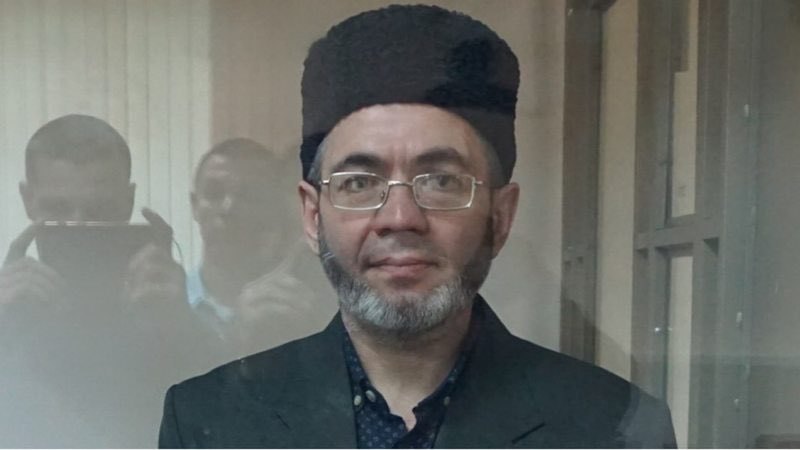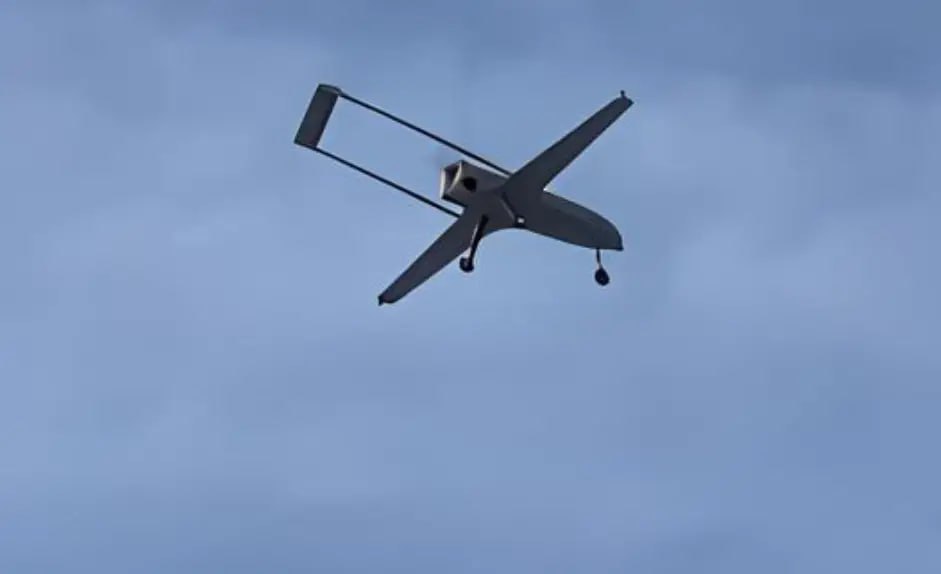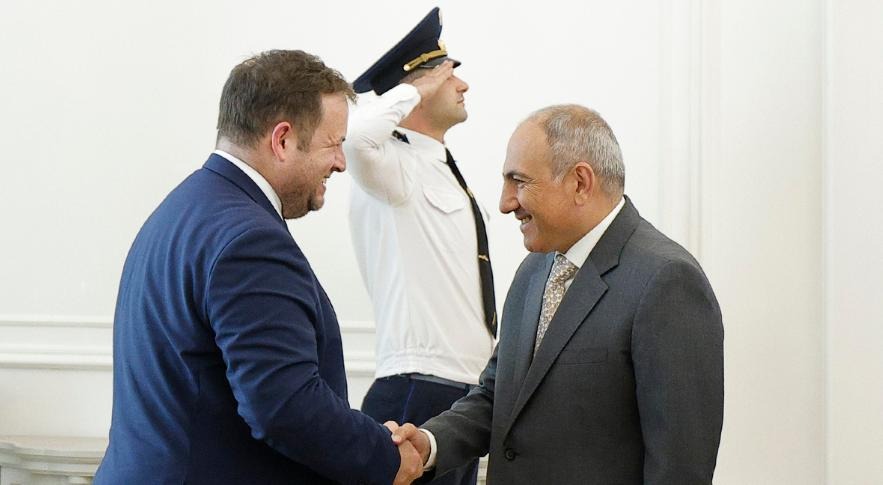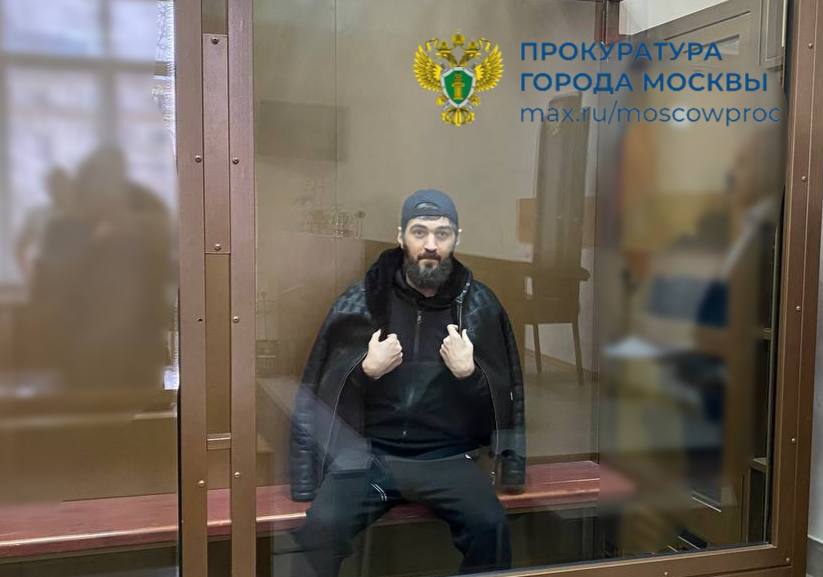Крымский татарин Эдем Смаилов, отбывающий 13-летний срок в ИК-1 Костромы, уже почти год не может получить адекватную медицинскую помощь. С момента этапирования в колонию в январе 2025 года его просьба о консультации стоматолога остается без ответа.
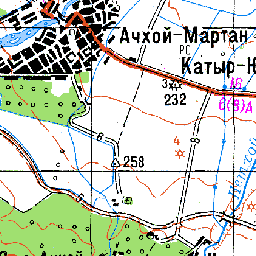
July 23, 2001
***
Apti Rashidovich Dzhabrailov, born in 1958, was taken away from his house (Pavlov lane) in the village of Achkhoy-Martan at night. The Russian military arrived in an armored personnel carrier and a UAZ vehicle, which they left in the distance. They approached the place of capture on foot. Everyone was wearing masks and camouflage uniforms. None of them introduced themselves or explained the motive for detaining this person. Witnesses of the incident were his wife and children.
Appeals from relatives to the military commandant and the prosecutor of the Achkhoy-Martan district did not yield anything. Both officials unanimously stated that they did not know which law enforcement unit had taken away Apti Dzhabrailov and where he might now be. True, a criminal case was initiated on the fact of the kidnapping (Article 126 of the Criminal Code of the Russian Federation), but it was soon suspended “due to the impossibility of identifying the persons to be brought as accused” (Article 195 of the Criminal Procedure Code of the RSFSR). As of mid-January 2006, there was no new information about the fate of this man.
***
At about 11 p.m. in Grozny, four men in camouflage uniforms and masks armed with machine guns broke into an apartment located at 14 Pobedy Avenue. Threatening to use weapons, they first stole money, valuables and personal belongings of the people living there, and then took away the landlady's son, Muslim Ramzanovich Zuhairaev, born in 1974, with them. Approximately 20 minutes later, gunfire was heard.
The next morning, a bloody jacket belonging to the kidnapped was found on the street. It counted 24 bullet holes. Spent machine gun shells lay nearby. The wounded (or already killed) Muslim Zuhairaev was apparently dragged to the armored personnel carrier: bloody traces of dragging left the shot through jacket away from the house.
The mother turned to the VOVD of the Leninsky district, where the head of the criminal police service, a certain “Aleksey Danilovich”, admitted that the “detention” was carried out by his people from the 22nd separate special-purpose brigade of the Internal Troops of the Ministry of Internal Affairs of the Russian Federation. The young man, as he told further, was seriously wounded, and then died.
On September 7, 2001, the Prosecutor's Office of Grozny opened a criminal case on this fact (No. 12133 under Article 126, part 2, paragraphs “a, c, d” and 162, part 2 of the Criminal Code of the Russian Federation). Exactly two months later, on November 7, it was suspended for the first time. The decision to this effect was canceled only on June 28, 2002. But a month later the case was suspended for the second time. In both cases, the reason for this was the alleged impossibility of “discovering the person to be brought in as an accused” (Article 195, paragraph 3 of the old version of the Criminal Procedure Code of the Russian Federation and Article 208, Part 1, paragraph 1, respectively, of the Code of Criminal Procedure of the Russian Federation).
From the book "People Live Here", Usam Baisaev, Dmitry Grushkin, 2006
